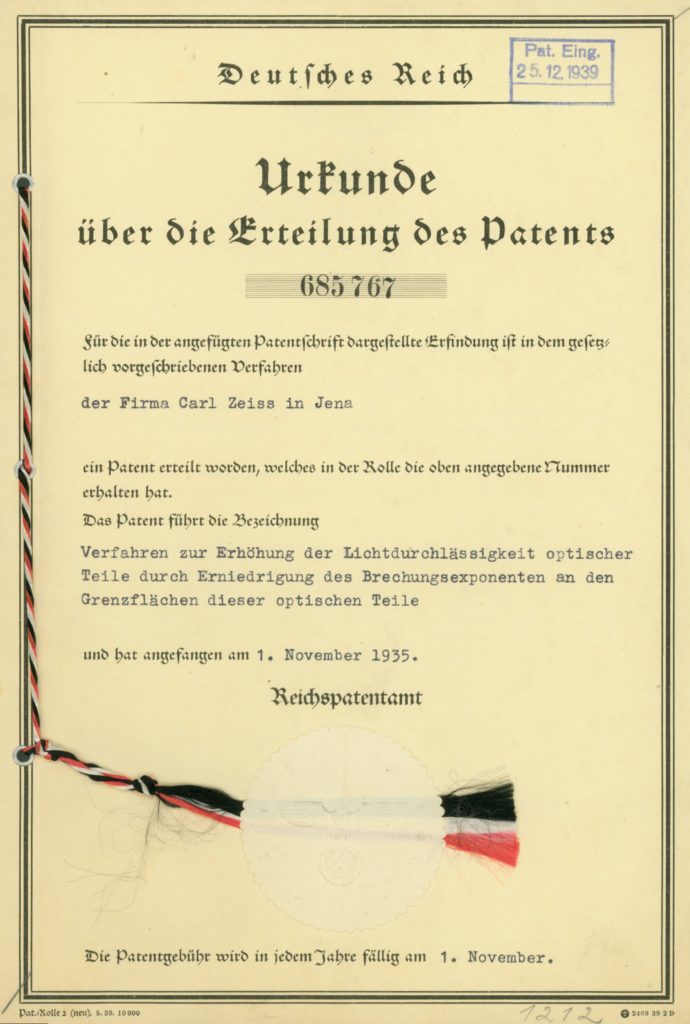Hunting at dusk or in the dark
Binoculars and riflescopes from ZEISS are considered the brightest on the market. They offer a crucial advantage when hunting, especially in difficult lighting conditions. This is closely related to the term “T* coating” – synonymous with maximum light output and the brightest images.
This is where the “T* multi-layer coating” comes into play – the most important coating used on hunting optics when it comes to brightness, or more accurate high light transmission. Invented 85 years ago and continuously developed, it guarantees unparalleled image quality.
Ukrainian physicist Alexander Smakula (1900 – 1983), then head of the crystal laboratory at ZEISS, laid the foundation for the anti-reflective coating. He solved a basic problem inherent in the design: when light passes into or out of the glass, a certain amount is reflected at the boundary surfaces. Depending on the type of glass used, between four and eight percent of the light is reflected – and depending on the number of lenses the light is passing through, the total amount of light lost can exceed 50 percent. Smakula counteracted this considerable disadvantage by coating the lens surfaces with extremely thin layers of selected materials. By doing so, he changed the transition of light from air to glass, reducing the reflections in the process. This led to a substantial improvement in light transmission. Binoculars and riflescopes with this “transmission layer” were from then on given the designation “T”, and the improved multilayer coating introduced in the late 1970s was subsequently called “T*”.

As a result, ZEISS T* does not refer to a fixed coating formula, but rather to an innovative multilayer process that typically consists of six layers and is individually matched to the specific lenses and glass materials. As such, it’s not uncommon for ZEISS binoculars to have more than 100 layers vapor-deposited in a high vacuum on each side of the binoculars.
Reliable game identification
High-performance binoculars and riflescopes feature light transmission values of 90 percent and more. ZEISS Victory HT riflescopes and binoculars, with light transmission values in the 95 percent range, are the best in the world in this respect. Differences of one to two percent are hardly noticeable in the real world, but a 5% increase offers the decisive advantage in low light and gives hunters the ability to observe and accurately identify targets for extended periods of time.